New Delhi: India’s metro railway networks have undergone a remarkable transformation in recent years, redefining urban transportation and addressing the growing challenges of congestion, pollution and commuter convenience.
As cities expand and populations soar, metro systems have emerged as lifelines, seamlessly connecting millions of passengers every day. Major urban centers like Delhi, Bengaluru, Kolkata, Mumbai and Chennai have made substantial strides in metro infrastructure, introducing new routes, enhancing last-mile connectivity, as well as integrating cutting-edge technology. These developments mark a crucial step in India’s journey toward a sustainable and efficient public transport ecosystem.
Delhi Metro: The Pioneer Continues to Expand
The Delhi Metro Rail Corporation (DMRC) remains at the forefront of the transformation in India’s metro railways infrastructure, spearheading ambitious projects under its Phase-IV expansion.
Key milestones include:
- Last year’s Cabinet approval for the Rithala-Narela-Kundli corridor, at a cost of Rs 6,231 crore, under the Phase-IV project has placed DMRC in the top three metro networks globally.
The completion of an 865-meter underground tunnel at Chhatarpur on 21 August.
The first twin-tunnel breakthrough occurred on 18 September, accelerating the city’s metro expansion.
A 2.65-km underground tunnel linking Tughlakabad and Maa Anandmayee Marg, completed on 4 December.

Beyond infrastructure, DMRC has embraced innovation to enhance the commuter experience. QR-code-based ticketing, launched in collaboration with IRCTC, has simplified transactions, while multiple-journey QR tickets introduced in September 2024 allow hassle-free travel.
The integration of international flight check-in services at metro stations and bike taxi booking through the DMRC app further improves convenience.
Bengaluru Metro: Expanding for a Growing City
Bengaluru’s infamous traffic congestion has long been a bottleneck in the city’s progress. The expansion of Namma Metro’s Green Line, particularly the 3.14-km stretch from Nagavara to Madavara, has offered much-needed relief.
With three new stations—Manjunathanagar, Chikkabidarakallu and Madavara (BIEC), the extension improves access to key locations, including the Bangalore International Exhibition Centre.
The impact is evident. Tumkur Road, once a commuter nightmare, now sees reduced congestion, and the metro extension serves around 44,000 passengers daily.

Additionally, it is also expected that the much-awaited Blue Line in Kempegowda International Airport (KIA) Terminal–Hebbal section may open in mid-2026.
However, as Bengaluru continues to grow at a rapid pace, the need for further metro expansions remains pressing. Future phases must prioritize linking key business districts and IT corridors to ensure a seamless urban commute.
Kolkata Metro: Breaking New Ground Underwater
Kolkata Metro has set a national precedent with the launch of India’s first underwater metro corridor. The 16.6-km stretch, inaugurated on 6 March 2024, features a 520-meter tunnel under the Hooghly River, reducing travel time between Howrah and Kolkata to just 45 seconds.
Kolkata Metro’s legacy as India’s oldest metro system brings its own challenges, including aging infrastructure and the need for modernization.

Investments in station upgrades, signaling technology, and seamless multimodal integration will be crucial for its continued success.
Mumbai Metro: Strengthening the City’s Backbone
Mumbai’s chaotic traffic and overburdened suburban rail network have long demanded an efficient alternative.
The expansion of Metro Line 3 (Aqua Line), particularly the BKC-Aarey stretch, is a significant step toward decongesting the city’s roads and improving connectivity.
Covering a 12.69-km corridor, the new stretch links Bandra-Kurla Complex (BKC) to Aarey, with direct access to Chhatrapati Shivaji Maharaj International Airport’s Terminals 1 and 2. The integration of Metro Line 1 (Ghatkopar- Andheri- Versova) at Marol Naka further enhances interconnectivity, providing a reliable alternative to Mumbai’s notorious traffic jams.

However, Mumbai Metro’s ambitious expansion plans must overcome delays, land acquisition hurdles, and public resistance to construction-related disruptions. Ensuring timely completion and maintaining affordability for commuters will determine the long-term success of these initiatives.
Chennai Metro: Aiming for Smart and Sustainable Growth
Chennai Metro’s Phase II expansion is set to redefine the city’s transport landscape. Covering 118.9 km with 128 stations, this massive project aims to decongest Chennai’s roads and provide an efficient alternative for daily commuters.
Key developments include the completion of a grade separator between the Mullaithottam and Karayanchavadi stations and trial runs on the Mullaithottam–Poonamallee section. The nine-kilometre Poonamallee–Porur stretch, set to be operational by December 2025, will significantly improve connectivity in the western suburbs.

Safety remains a priority, with the introduction of Communication-Based Train Control (CBTC) technology and enhanced passenger security measures. Chennai Metro’s focus on property development and metro-linked commercial projects is also a noteworthy model for boosting revenue and ensuring long-term sustainability.
A Future on the Fast Track
The rapid expansion of metro networks in Delhi, Bengaluru, Kolkata, Mumbai and Chennai is reshaping India’s urban mobility landscape. These cities have made significant strides in enhancing connectivity, safety, and commuter experience. However, the journey is far from over.
As India continues to urbanize, metro systems must evolve to meet the growing demand for efficient public transport. Expanding networks, integrating smart technology, and prioritizing sustainability will be key to ensuring that metro systems remain the backbone of India’s cities.
With the right policies, investments, and urban planning, India’s metro revolution will continue to pave the way for a smarter, greener, and more connected future.
Also read –




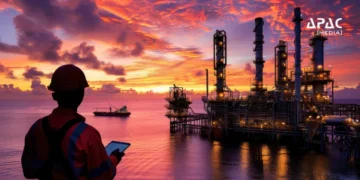

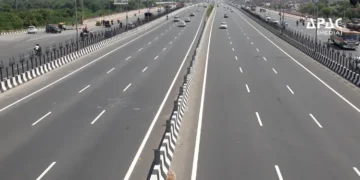


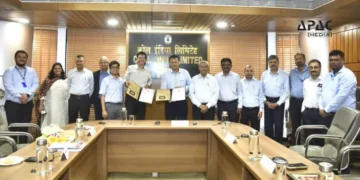

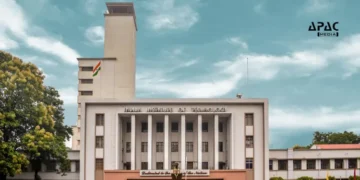
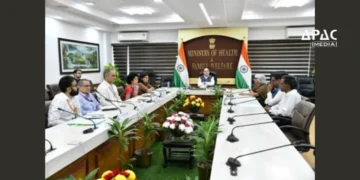
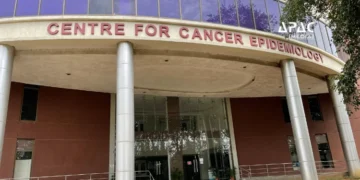





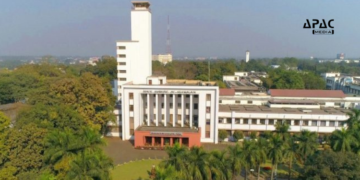

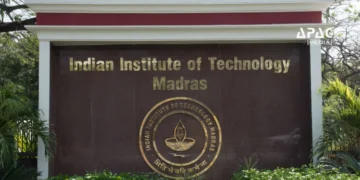
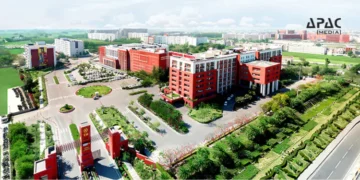

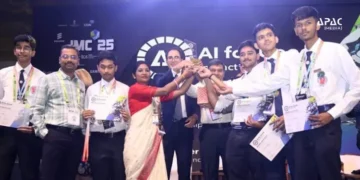
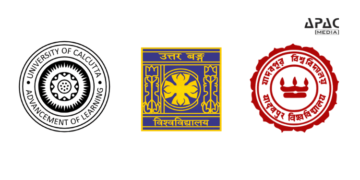

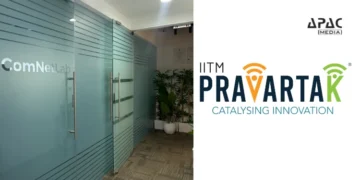

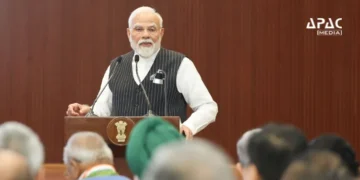

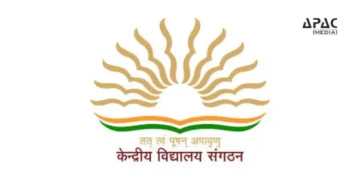

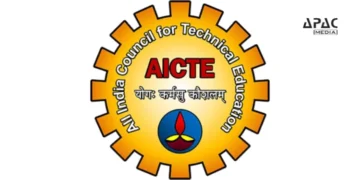


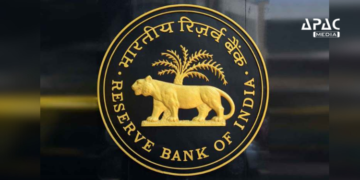
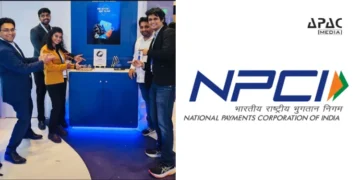




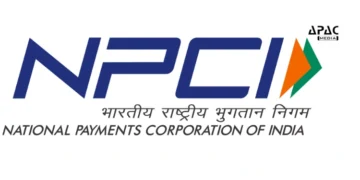
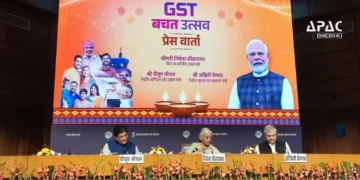
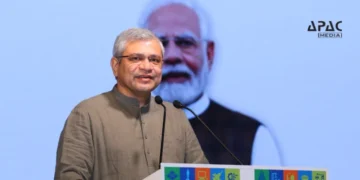
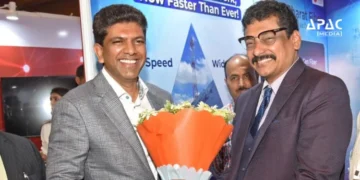

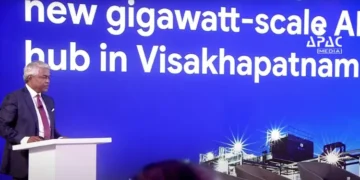






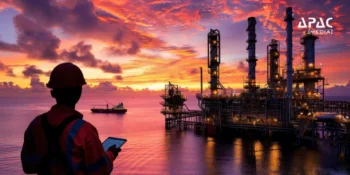

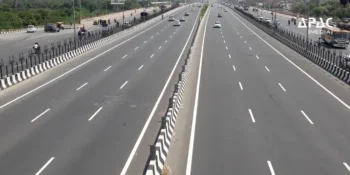







Discussion about this post